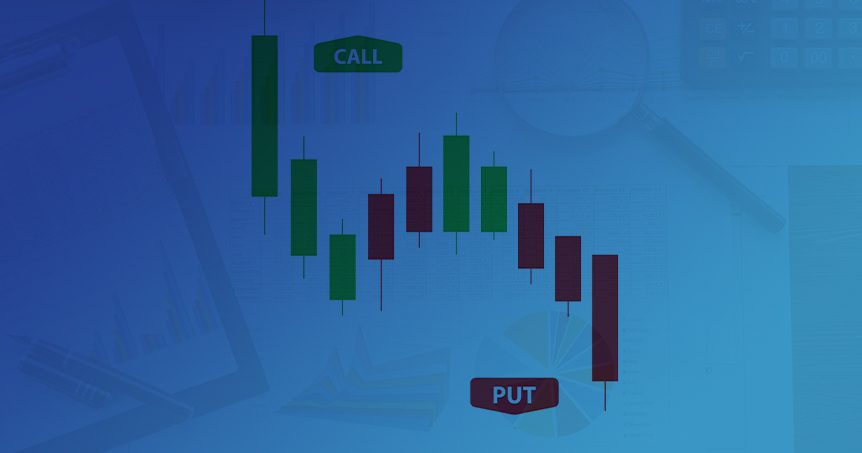The overall benefit of buying and selling put or call options is they allow you to reduce risk, generate income, use leverage, or greatly benefit from price movements. But, to better understand their value, you need to move beyond the basics. You need to know when it’s most beneficial to buy and sell an option. We’re going to share some advice on how to get the most out of puts and calls. This should help you have a better understanding of which options you should choose.
How to buy and sell a put option
Buying put options is most beneficial when you think the price of a stock is going to decrease. Because, they allow you to benefit when the market goes down. The maximum profit may be limited, but you’re only out the premium if your strategy fails.
The selling of puts usually falls into two categories: cash-secured (you have the cash to purchase more shares if the price declines) and naked (don’t have the cash or are short the shares to cover an assignment It’s best to sell a put on stocks you think will increase in price. That way, the option becomes worthless and you keep the whole premium.
A great reason you might want to sell puts is the ability to buy stock of a company at a lower price. When you sell a put, there are two outcomes: The stock value increases and the put option isn’t exercised, but you keep the premium. Or the stock value decreases, and the option owner exercises it, the seller must purchase the stock at a lower value from the option buyer. This means you got to pay a lower price than you would have if you bought the shares instead of selling the option.
How to buy and sell a call option
Time is something you need to consider when buying call options. How long do you want to take part in the trade and how large of a move do you expect from the market? An option’s time value is highest during the beginning of the option. Then, it decreases as it gets closer to the expiration date.
How much available money you have is another factor because you have to pay the premiums up front. Some of these can be quite high, especially in volatile markets.
Selling calls also involves covered calls and uncovered calls. The most conservative of these choices is selling covered calls. This is because your maximum loss is the value of the stock less the premium collected. Also, the premiums received from call buyer offset some losses if the shares decline However, selling uncovered calls can be very risky because there is no limit to how much the stock price can increase during the option.
How to choose which option is right for you
Each option has its inherent risks and potential rewards. There are more advanced strategies for buying and selling puts or calls as well that we didn’t go in to here. If you want to try an option out, consider your current assets — stock owned, money available. This will help you see which direction you might want to try first.
Contact Snider Advisors for more information or help with your portfolio.






